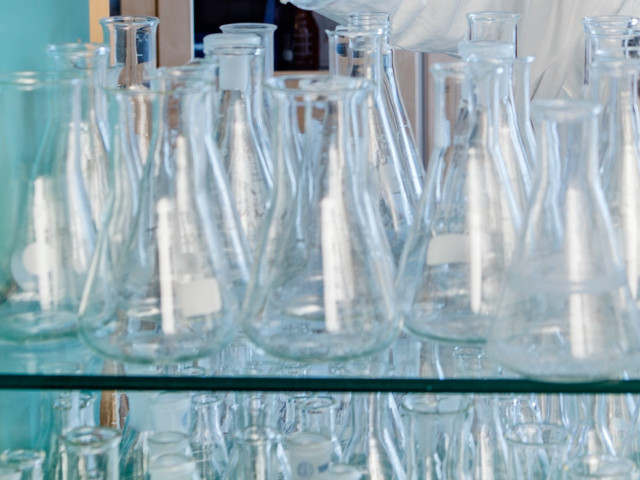· Basics of Inorganic Chemistry
· Chemical bonding, structure and molecular symmetry determine the materials properties
· Coordination chemistry
· Groups of the Periodic Table
· Transition metals: ligand field theory
· Reactivity and inorganic reaction mechanisms
· Border areas: applications in bio-inorganic chemistry, metal-organic
chemistry, material chemistry
Laboratory exercises (LAB2, 2 credit):
1. Solar cell. To build a dye-sensitized nanocristalline solar cell and to experimentally determine its efficiency at various circumstances.
2. Wilkinson's hydrogenation catalyst. Synthesis, product identification using instrumental techniques (multinuclear NMR, vibration spectroscopy).
The course aims at giving the students knowledge in the broad field of inorganic chemistry, including its tools, properties and applications of inorganic compounds.
After completed course the students should be able to:
• Use the Periodic System of Elements as a tool for understanding and managing the properties of the elements and their compounds
• Master basic properties of inorganic substances
• Have knowledge of preparation and uses of important inorganic compounds
• Explain basic properties of the compounds of d-block elements using Crystal Field Theory
• Master inorganic reaction mechanisms
• Understand a catalyst’s function on molecular level
• Understand function and molecular properties for the most important bio-inorganic systems
• Understand the energy production in the society and its border lines to chemistry, especiall inorganic chemistry
• Understand vatious solar cells’ function and chemistry
